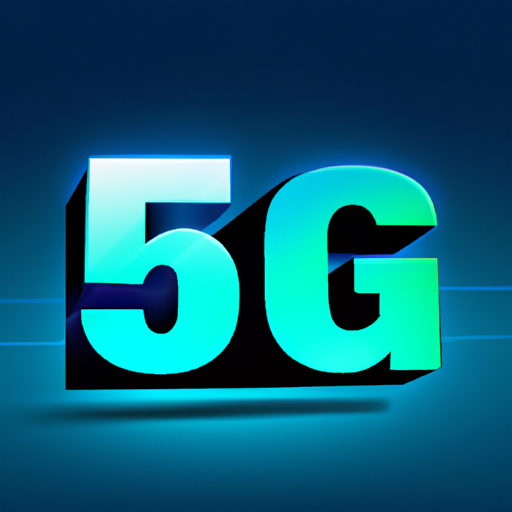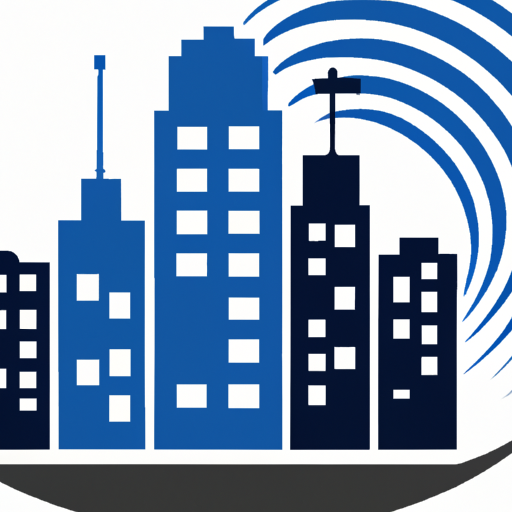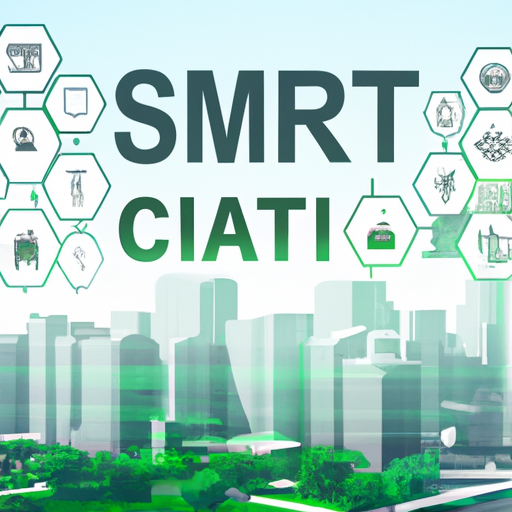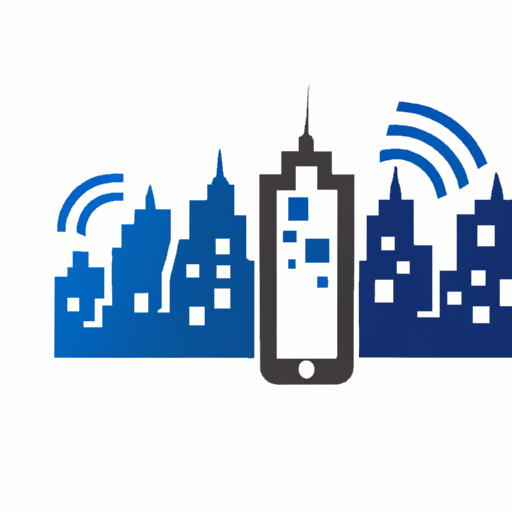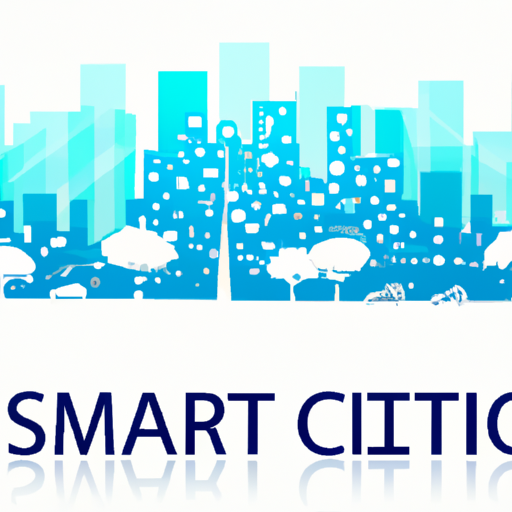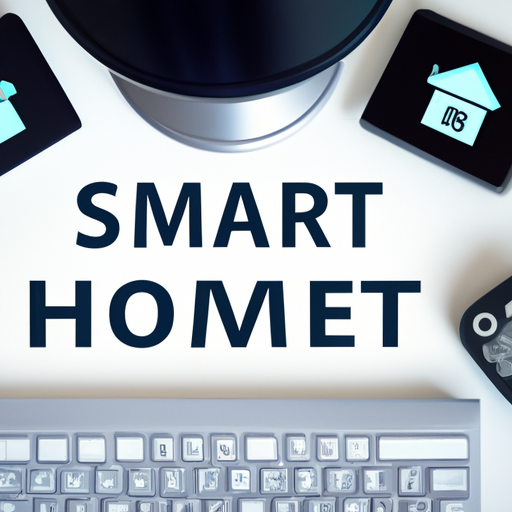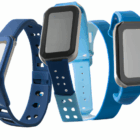As the world continues to advance towards a more connected future, 5G technology stands at the forefront, promising to transform mobile connectivity as we know it. With enhanced speed, reduced latency, and the capability to support a multitude of devices, 5G is set to redefine our communication landscape.
What is 5G Technology?
5G technology refers to the fifth generation of mobile networks, which offers faster Internet speeds, better reliability, and more robust connectivity compared to its predecessor, 4G. With speeds reaching up to 10 Gbps, 5G enables seamless streaming of high-definition content and boosts overall user experience.
The Key Features of 5G Networks
- Incredible Speed: 5G networks promise data transfer speeds that are 10 to 100 times faster than 4G.
- Low Latency: 5G offers ultra-reliable low-latency communication (URLLC), making real-time applications like gaming and virtual reality smoother.
- Massive Device Connectivity: 5G networks can support up to one million devices per square kilometer, enabling the proliferation of the Internet of Things (IoT). This will allow everything from smart cities to autonomous vehicles to thrive.
Impact on Various Industries
The rollout of 5G technology is expected to profoundly impact sectors such as healthcare, transportation, and manufacturing.
- Healthcare: 5G will facilitate telemedicine, remote surgeries, and better health monitoring systems.
- Transportation: Enhanced connectivity will enable autonomous driving technology and improve traffic management systems.
- Manufacturing: With 5G, factories can utilize high-speed automation, and AI-driven analytics will revolutionize production processes.
The Future of Connectivity
As we embrace the era of high-speed mobile internet, 5G technology will continue to evolve, driving innovation and connectivity across the globe. The ability to communicate and share data at unprecedented speeds will not only enhance our everyday experiences but also lay the groundwork for future technological advancements.
Conclusion
In summary, the advent of 5G technology represents a significant leap forward in mobile connectivity, setting the stage for breakthroughs that will reshape industries and improve quality of life. As 5G networks continue to be implemented, we can only anticipate the vast possibilities that lie ahead.
Stay tuned for more updates on 5G technology and its transformative effect on our world!

